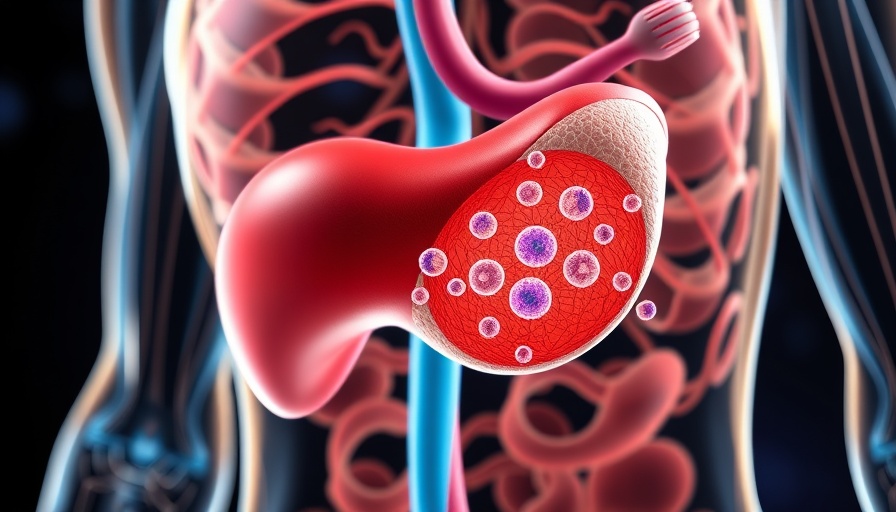
The Groundbreaking Development of Kidney Organoids
For the first time in history, researchers at Sheba Medical Center and Tel Aviv University have successfully grown human kidney organoids from tissue stem cells. This extraordinary advancement mimics the gestational development of fetal kidneys, providing a real-time observation of kidney growth and development. Such innovations in medical research could revolutionize our understanding of congenital kidney disorders and enhance the field of regenerative medicine.
Understanding the Importance of Kidney Organoids
This achievement comes at a crucial time in healthcare, where organ transplants and treatments for kidney diseases are becoming increasingly important. With the kidney organoids' ability to remain stable for over six months—a significant advancement compared to previous models that dissolved within weeks—researchers can conduct long-term studies on kidney function and drug effects on fetal development. This breakthrough not only allows for simultaneous testing of varied toxicities but also offers deeper insights into genetic contributors to kidney-related birth defects.
What Makes This Advancement Different?
One of the standout features of this new protocol is the purity of the kidney organoids. Unlike previous models made from pluripotent stem cells, which often resulted in cross-contaminated tissue and mixed cellular structures, these organoids specifically express kidney cells without extraneous components. Prof. Benjamin Dekel emphasizes that life initiates with pluripotent stem cells; however, isolating specific kidney tissue stem cells has paved the way for creating a more accurate model of human kidney development.
Implications for Drug Testing and Birth Defects
The implications of this research extend well beyond basic science. With the ability to observe how fetal kidneys develop, scientists can now identify potential genetic markers linked to kidney birth defects and assess how various drugs affect kidney development during pregnancy. This testing is an essential step in understanding renal toxicity and fetal safety, proposing new avenues for drug therapies that can safeguard the health of both mother and child.
Future Directions in Kidney Research
This fascinating development opens opportunities for further research into organ development and regeneration. As our scientific community continues to leverage organoid technology, we can foresee a future where tissues or even entire organs could be generated in laboratory settings for transplantation. Transformative innovations, such as kidney organoids, lay the groundwork for potentially addressing one of healthcare's most pressing challenges: organ shortages. Looking ahead, the continuous exploration and enhancement of regenerative capabilities may lead to not just advancements in kidney health but also broader implications for organ health in general.
Conclusion
The success of these kidney organoids represents a monumental leap in our understanding of human development. By delving deeper into kidney formation and function, researchers can help to shape the future of regenerative medicine. As we embrace this thrilling progress, we are also reminded of the profound connections between science and the care we provide to patients at every stage of life.
To remain updated on groundbreaking health technologies and innovations such as kidney organoids, follow ongoing medical research and engage in discussions about the future of medicine.
 Add Row
Add Row  Add
Add 




Write A Comment